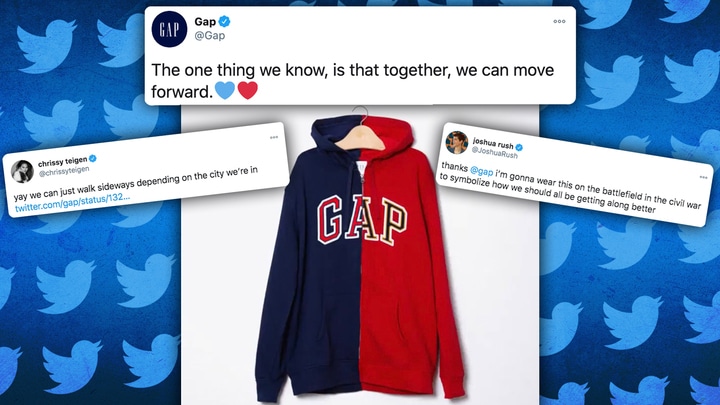 Photo via Rogue Rocket
Photo via Rogue Rocket
Last Wednesday, while millions of votes were still being counted after a contentious election day, and there was still uncertainty about the outcome of the presidential race, The Gap tweeted an image of a half-red, half-blue hoodie bearing the brand’s logo, with the caption, “The one thing we know, is that together, we can move forward.”
The internet immediately took offense and the tweet was widely mocked by civilians and celebrities alike. Chrissy Tiegen scoffed, “Yay we can just walk sideways depending on the city we’re in.”
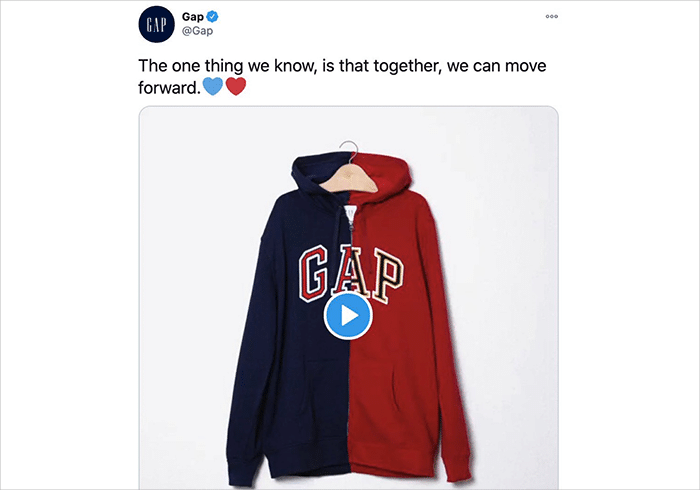
The Gap quickly removed the tweet and issued a statement: “From the start we have been a brand that bridges the gap between individuals, cultures, and generations. The intention of our social media post, that featured a red and blue hoodie, was to show the power of unity. It was just too soon for this message.”
What the Gap got wrong, in addition to timing and not taking the collective temperature, was making the assumption that both sides are well-meaning. When one side is rooted in racism, xenophobia and misogyny, and flagrantly trying to disenfranchise voters, while the other is fighting to uphold democracy, a message of unity falls dramatically short. As author and whistleblower, Christopher Wylie, eloquently tweeted, “A coup attempt is not a fucking marketing opportunity to push product.”
The Gap tweet and accompanying image were not only tone deaf, it was offensive to every single person who has ever been marginalized, oppressed, bullied or persecuted. There are very real structural and systemic issues in the U.S. that need to be addressed seriously.
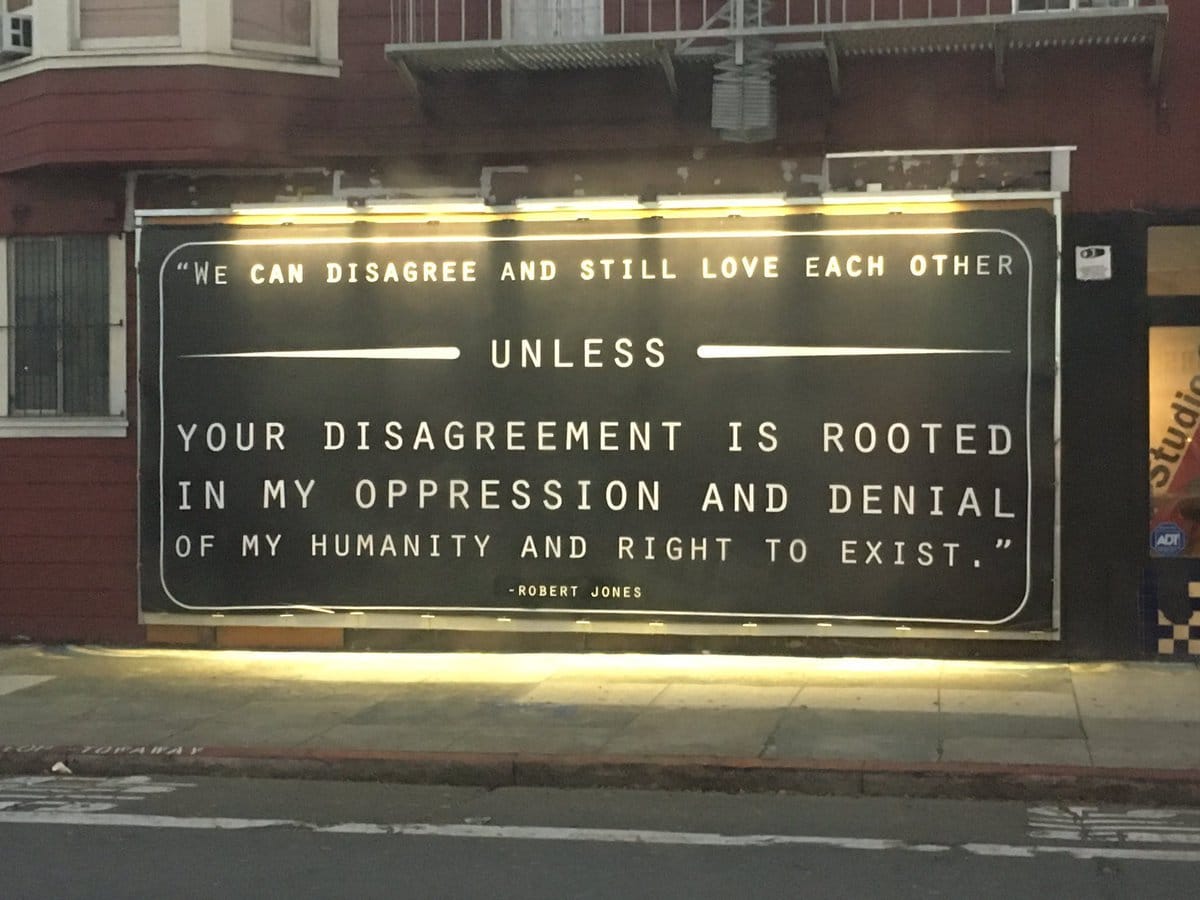
James Baldwin once wrote, “We can disagree and still love each other, unless your disagreement is rooted in my oppression and denial of my humanity and right to exist.” We can’t “kumbaya” our way into anti-racism. Education is essential, as are listening, learning and taking action. We must be willing to have the hard conversations if we truly want an anti-racist society.
Yes, we want unity and we certainly want to move forward. But we want to move forward with kindness, compassion, inclusiveness and empathy. We want a society that respects, supports and celebrates all of our differences. We are still a long way from achieving this, which is why the Gap’s tweet felt so utterly clueless and ill-timed.
In an attempt to bring everyone together, the Gap’s tweet felt like an insensitive grab for attention that ultimately appealed to no one. And even though it wasn’t likely intended to be racist, because it wasn’t actively anti-racist, it could be construed as such. The reality is that some people don’t have the luxury of just “getting along” when their rights and dignity are being undermined.
The lesson here for brands? While it’s imperative to take a stand for what you believe in, be culturally sensitive and anti-racist, it’s equally important to know your audience. As the old adage goes, if you try to appeal to everyone, you appeal to no one. And you might even offend them.
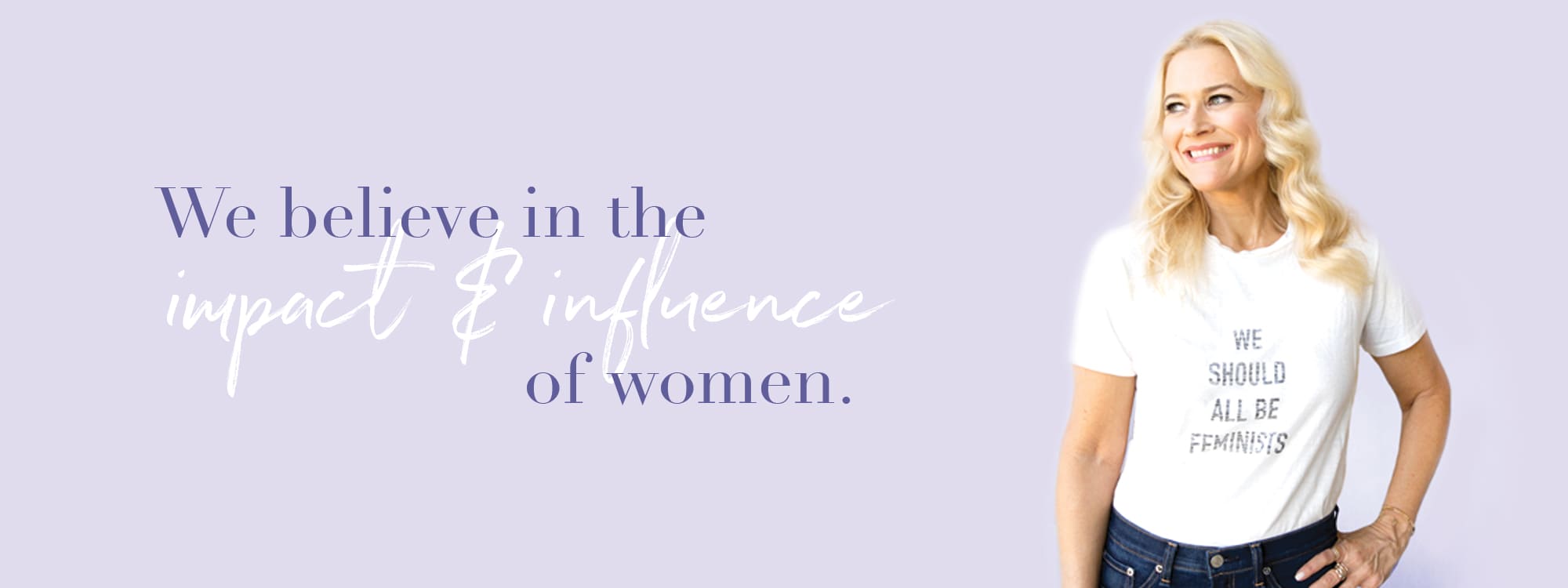
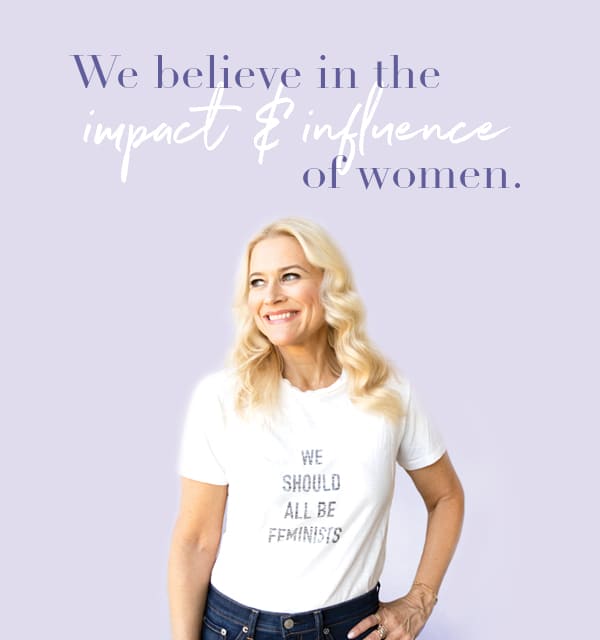
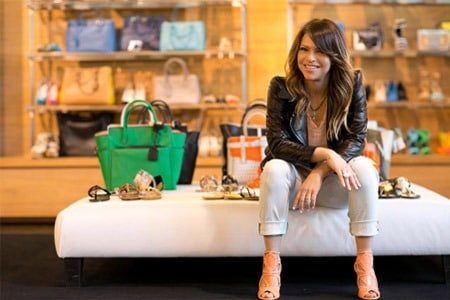
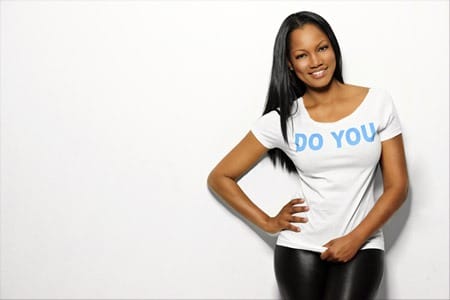




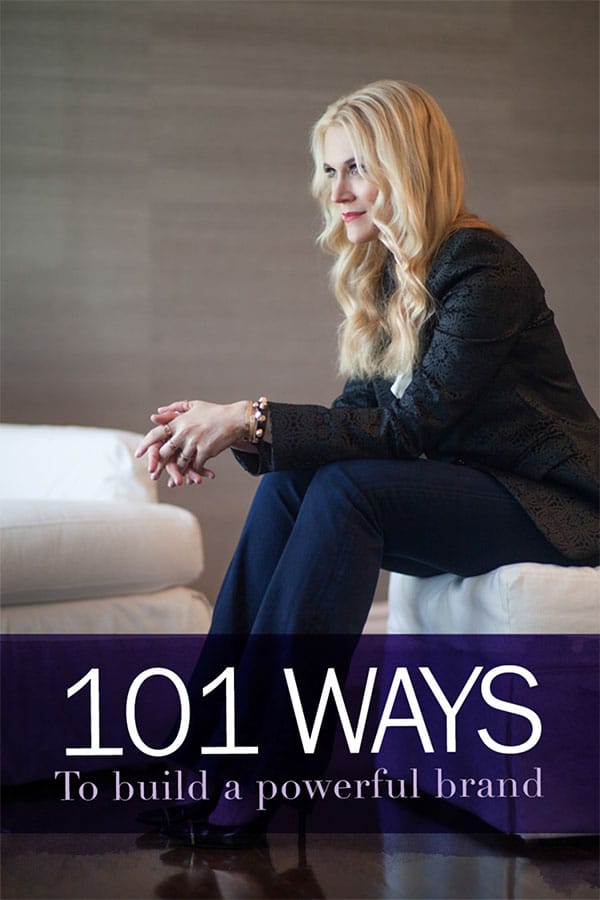


Definitely a *gap* in their thinking!